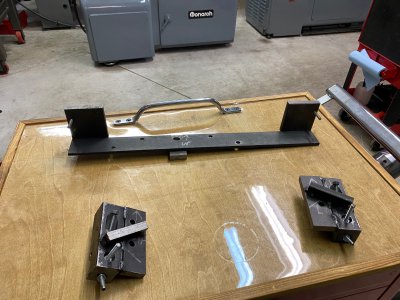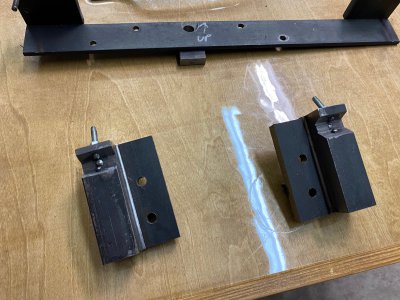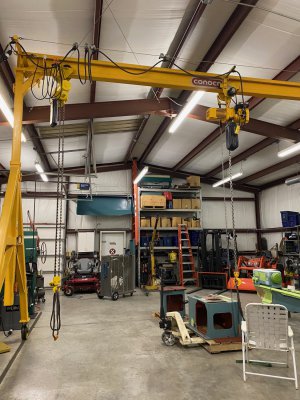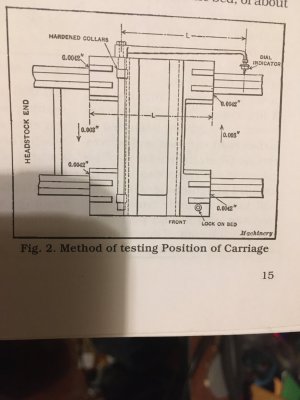I used Moglice about two years ago on the saddle of a Monarch 10EE that I rebuilt for a friend. I didn’t have any real problems and the results were good - no voids in Moglice.
I used 1/8” vinyl tape stacked upon itself. This was taped to the v-ways for the oil grooves. I used a couple of applications of the recommended release agent sprayed over the bed and the tape to make sure it would release. After machining the saddle for the necessary thickness for the Moglice, everything was masked off with duct tape except the saddle way surfaces and the oil holes were plugged. I then sand blasted these way surfaces. The saddle then got a thorough bath with solvent afterwards.
A few things that seemed to help a great deal were heavy duty jigs which I was able to mount without any additional holes in the saddle. Also, I shimmed with shim stock to get close to the correct alignment before the final tweaking. I also made a rotisserie setup for the saddle which was suspended from a gantry crane with a small spreader bar. This allowed me to be able to apply the Moglice and then quickly rotate the saddle and then come down evenly. Weights were then used to hold the saddle down. It then set over the weekend.
A gantry and jack screws were used to pop the saddle loose from the bed. This posed no problem. I then flaked the Moglice for oil retention. It seemed like there was an initial wear in as eventually the saddle loosened up a little more. It was kind of evident that it had worn in when there was no dark residue coming from under the saddle. But even so I still think that Turcite has less friction, at least on the machines I’ve used it on.
There are 100 details I’ve left out, but this is one of those processes, kind of like painting, where you need to have all your ducks in a row before you apply the Moglice.
I’ve included a couple pictures of the jigs used. The long jig is mounted on the back of the 10EE saddle. The hole in the center was used for the long bar that went through the saddle front to back for the rotisserie. There is also a picture of the gantry that was used.
View attachment 463426 View attachment 463427 View attachment 463425





